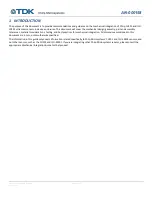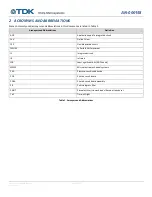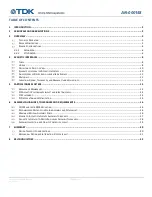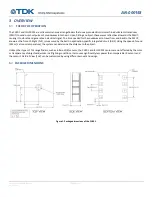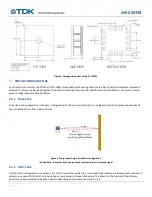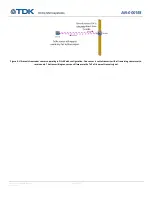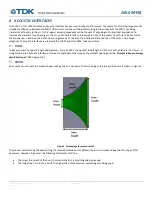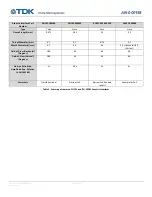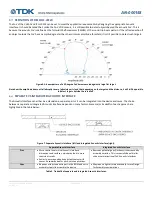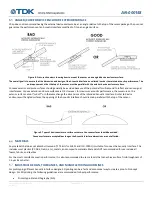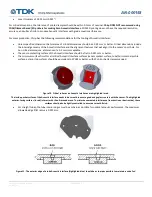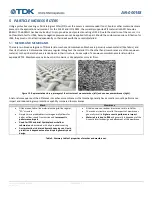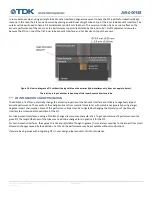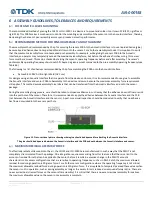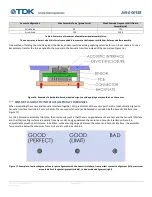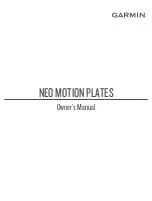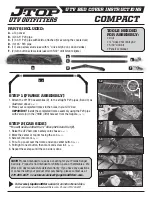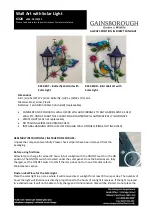
AN-000158
Document Number: AN-000158
Page 2 of 22
Revision: 1.2
1
INTRODUCTION
The purpose of this document is to provide recommendations and guidance on the mechanical integration of Chirp CH101 and ICU-
10201 ultrasonic sensors in device enclosures. This document will cover the mechanical design, geometry, part and assembly
tolerances, material considerations, testing, and best practices for mechanical integration. All dimensions mentioned in this
document are in mm, unless otherwise specified.
The information in this guide only covers information related specifically to Chirp Microsystems
’
CH101 and ICU-10201 sensors, and
not other sensors, such as the CH201 and ICU-20201. If you are integrating other Chirp Microsystems sensors, please consult the
appropriate Mechanical Integration Guide for that product.


